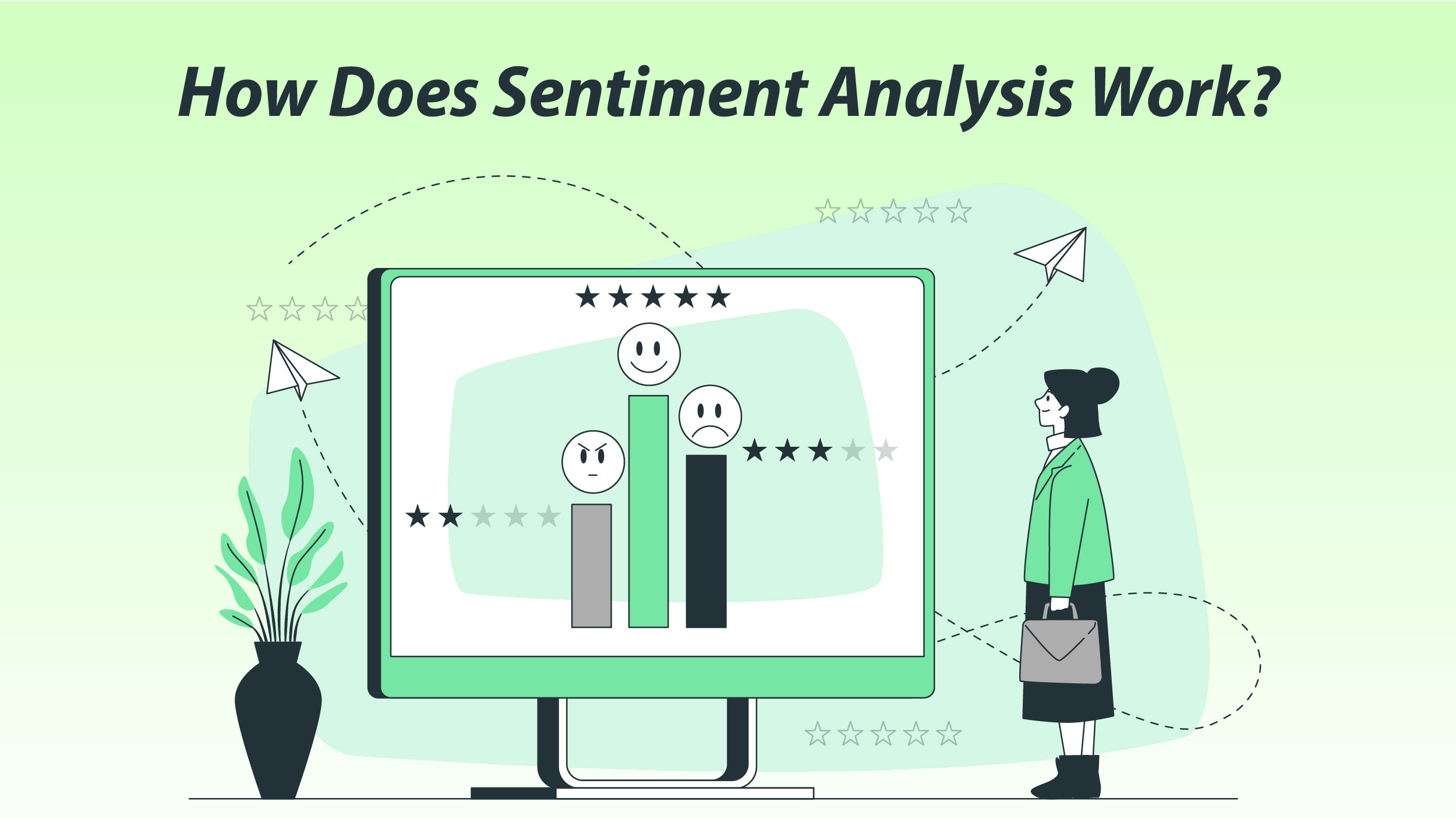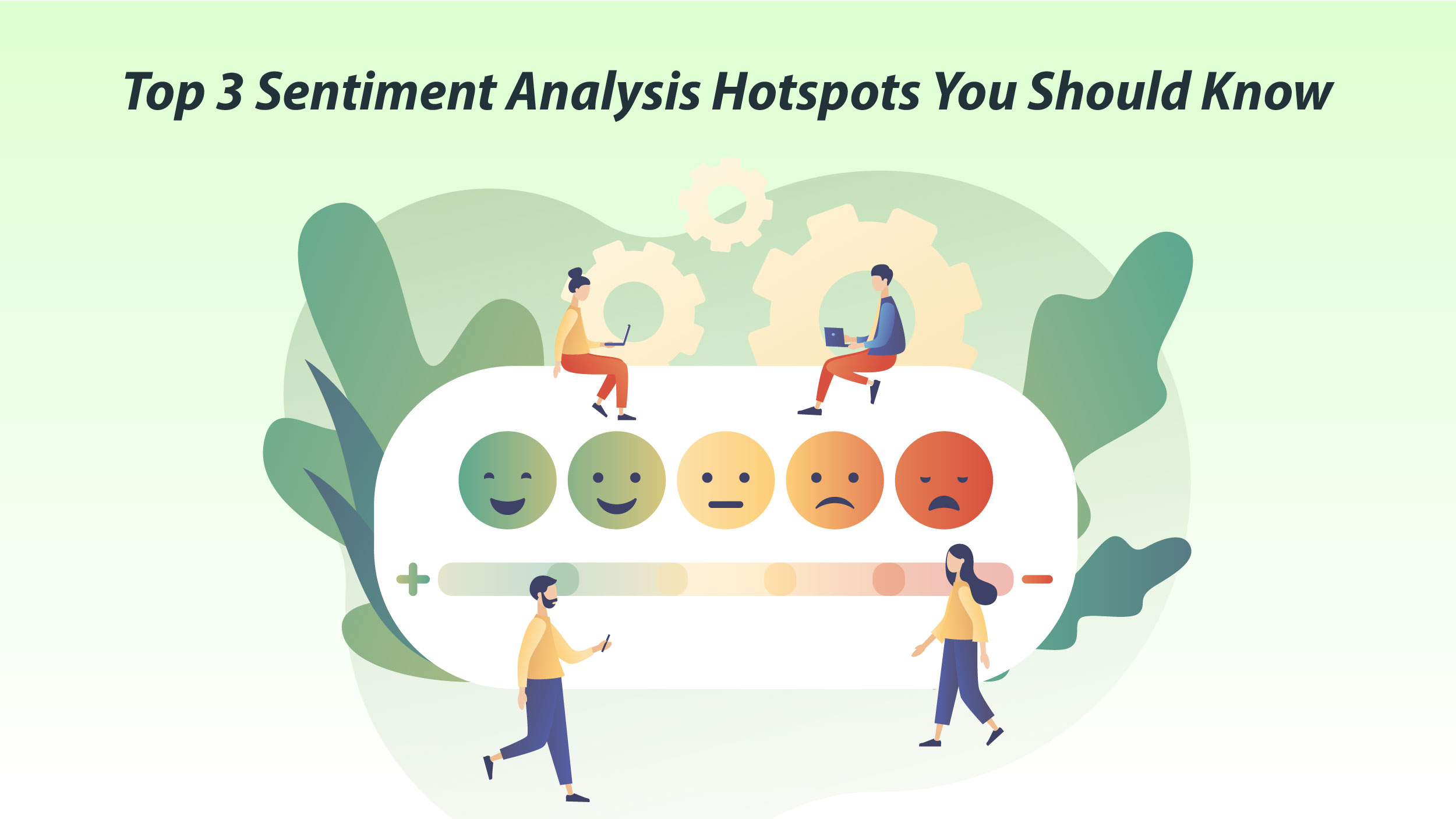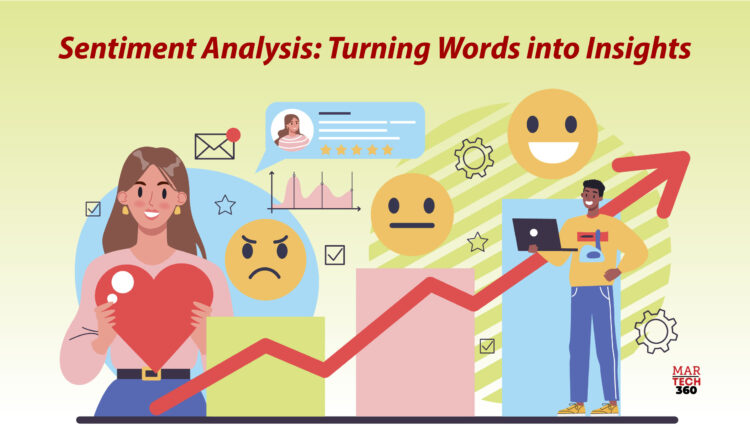Ever wondered what people really feel about your brand beyond the cold, hard numbers? Sure, you’ve got all those metrics to measure your online performance, but sentiment analysis dives into the emotions swirling around your brand. It’s like a backstage pass to understand how your audience truly vibes with your brand.
Wondering if they’re giving you a virtual high-five or maybe a digital side-eye? Tracking online conversations about your brand unveils those sentiments, giving you insights to fine-tune your brand strategy.
In this blog, let’s dig into the world of sentiment analysis and get you started on decoding the feels for your brand.
What is Sentiment Analysis?
Sentiment analysis, also called opinion mining, involves determining the sentiment or emotional tone of a collection of words, such as those found in social media posts, customer feedback forms, online surveys, and more. It offers an overview of people’s attitudes toward your brand, products, advertisements, and even competitors.
It enables you to actively listen to your customers, comprehend their requirements – including their preferences and dislikes – and appropriately respond. This aids in safeguarding your brand’s reputation and fostering customer loyalty.
How Does Sentiment Analysis Work?
 Sentiment analysis is the utilization of NLP technologies to train computer software to comprehend text in a manner akin to humans. This analysis usually undergoes multiple stages before producing the final outcome.
Sentiment analysis is the utilization of NLP technologies to train computer software to comprehend text in a manner akin to humans. This analysis usually undergoes multiple stages before producing the final outcome.
Preprocessing
During the pre-processing phase, the process identifies crucial terms that emphasize the main message of the text.
- Tokenization is the process of dividing a sentence into multiple components or tokens.
- Lemmatization transforms words into their base or root form. An illustrative example of this is how the word “am” is transformed into its base form, which is “be”.
- Stop-word elimination eliminates nonessential words from a sentence, such as “with”, “for”, “at”, and “of”, which do not contribute significant meaning to the sentence.
Also Read: What Are the Must-Know Social Media Trends for 2024?
Keyword analysis
NLP technologies go a step further by conducting a detailed analysis of the identified keywords and assigning them a sentiment score. This score is essentially a measurement scale used in sentiment analysis systems to gauge the emotional aspect present in the text. It offers a relative assessment of the emotion conveyed in the text, which proves valuable in analytical pursuits. For instance, when examining customer reviews, researchers often employ a scale where 10 represents satisfaction and 0 indicates disappointment.
Top 3 Sentiment Analysis Hotspots You Should Know
 In today’s technological era, it is essential to consider the perception of your brand by the public when measuring customer satisfaction. Customers desire engaging and memorable experiences, whether through online or offline channels. The strength of the connection with your brand influences the amount of feedback received and the likelihood of making purchases. Studies indicate that 62% of consumers place importance on businesses prioritizing their needs, and as a result, 60% of them are willing to increase their purchases. On the other hand, 71% of Twitter users express their dissatisfaction with brands on the platform.
In today’s technological era, it is essential to consider the perception of your brand by the public when measuring customer satisfaction. Customers desire engaging and memorable experiences, whether through online or offline channels. The strength of the connection with your brand influences the amount of feedback received and the likelihood of making purchases. Studies indicate that 62% of consumers place importance on businesses prioritizing their needs, and as a result, 60% of them are willing to increase their purchases. On the other hand, 71% of Twitter users express their dissatisfaction with brands on the platform.
1. Text analysis for surveys
Surveys establish a direct link with customers, yielding valuable feedback that can be swiftly analyzed for sentiment scores. Crafting qualitative questions and commands, such as inviting customers to describe their recent experiences, rate their satisfaction compared to expectations, and suggest improvements, ensures the collection of honest and detailed responses for effective sentiment analysis. Steering clear of yes/no questions enhances the depth of the analysis. Additionally, customer reviews serve as another excellent source for obtaining textual feedback, further enriching the understanding of customer sentiments.
2. Text analysis for customer reviews
In today’s marketplace, customer reviews play a vital role. Research shows that without these reviews, 72% of consumers are less likely to take action, while 95% of potential buyers prioritize reading reviews before making a purchase. Platforms like G2 provide valuable insights into products and services. Unlike surveys, customer reviews are voluntary and offer genuine and comprehensive feedback.
When examining sentiment scores, which include positive, negative, and neutral, it is possible to uncover unresolved concerns. Negative feedback, in particular, holds great value as it provides an opportunity for improvement and growth.
3. Text analysis for social media
Sentiment analysis tools are utilized to monitor and analyze public social media data from platforms such as Twitter and Facebook. Their purpose is to detect references to brands and evaluate sentiment scores. This methodology provides significant value as it captures unfiltered user feedback shared through social media.
Twitter sentiment analysis is regarded as one of the most effective instruments in achieving this objective. By analyzing Twitter data, businesses can gain valuable insights into customer sentiment, emerging trends, and feedback.
It is quite surprising that a significant number of companies, approximately 70%, fail to utilize social media feedback. This vast reservoir of valuable data contains potentially critical insights that are often overlooked.
Final Thoughts
The world of sentiment analysis unfolds as a powerful tool for businesses seeking to understand and respond to customer experiences. Leveraging sentiment analysis tools provides a strategic advantage in gauging the nuances of customer sentiments, enabling businesses to refine their strategies and enhance overall satisfaction. From evaluating customer feedback to the intricacies of Twitter sentiment analysis, the applications are vast and transformative. As businesses navigate the digital landscape, the insights derived from this analysis become indispensable, offering a dynamic means of staying attuned to the ever-evolving pulse of customer perceptions and preferences.


Comments are closed.